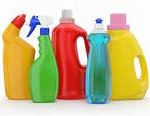 Water. The majority of what we do in life needs water in some way. Obviously we need water for drinking. The average human can not live much longer than three days without water.
Water. The majority of what we do in life needs water in some way. Obviously we need water for drinking. The average human can not live much longer than three days without water.
Most people when writing about water and water storage are referring to potable water. Potable water is water that is safe for humans and pets to drink. Water is essential and a good planner has drinkable water storage in place.(I’ll write more about that in another post)
One thing I have noticed is that there are very few discussions or write-ups on the importance of storing up non-potable water (water that is NOT safe to drink.)
When an emergency happens the last thing you want to do is use your good drinking water for anything other than drinking, cooking and a small bit of personal hygiene. In an emergency chance are the need for water will increase.
You still need to clean hands, wash cloths as well as dishes (as you may have dirty dishes just prior to the emergency, after the emergency use paper plates & cups as much as possible to reduce the need for washing). So what do you store non-potable water in? Old bleach and detergent bottles.
Yes, that’s right, those plastic bottles that you throw out when empty can be reused as part of your emergency planning supplies. The first thing you do once you have an empty detergent or bleach bottle is remove the label and write NON-POTABLE WATER DO NOT DRINK on the container. This will insure that no mistakes will be made during the disaster.
Next, fill the bottle up either at the sink or with the outside water faucet, remember, this is NOT drinkable water. Think about it, if you need to wash cloths, you can use the water from the detergent bottle, not only is that water perfect for washing, it will also have a small bit of detergent residue from the bottle, great for cloths washing. Same with the empty bleach bottles, you can use a splash of that water and it will have just a bit of disinfectant in it from the left over bleach in the empty bottle.
Make sure you store this non-potable water in the garage or a place where you know if the bottle is out there, it isn’t mean for drinking, this is in addition to marking on the bottle DO NOT DRINK NON-POTABLE.
Empty detergent and bleach bottles filled with water can sit around for a good year if not longer, sure you may not want to wash cloths with it after it has been sitting around for longer than a year, but you can always use it to flush with or some other non potable use, even just washing hands as keeping your hands clean is essential.
When emergency water will be good as gold, make sure you have plenty of potable and non-potable water stocked up.
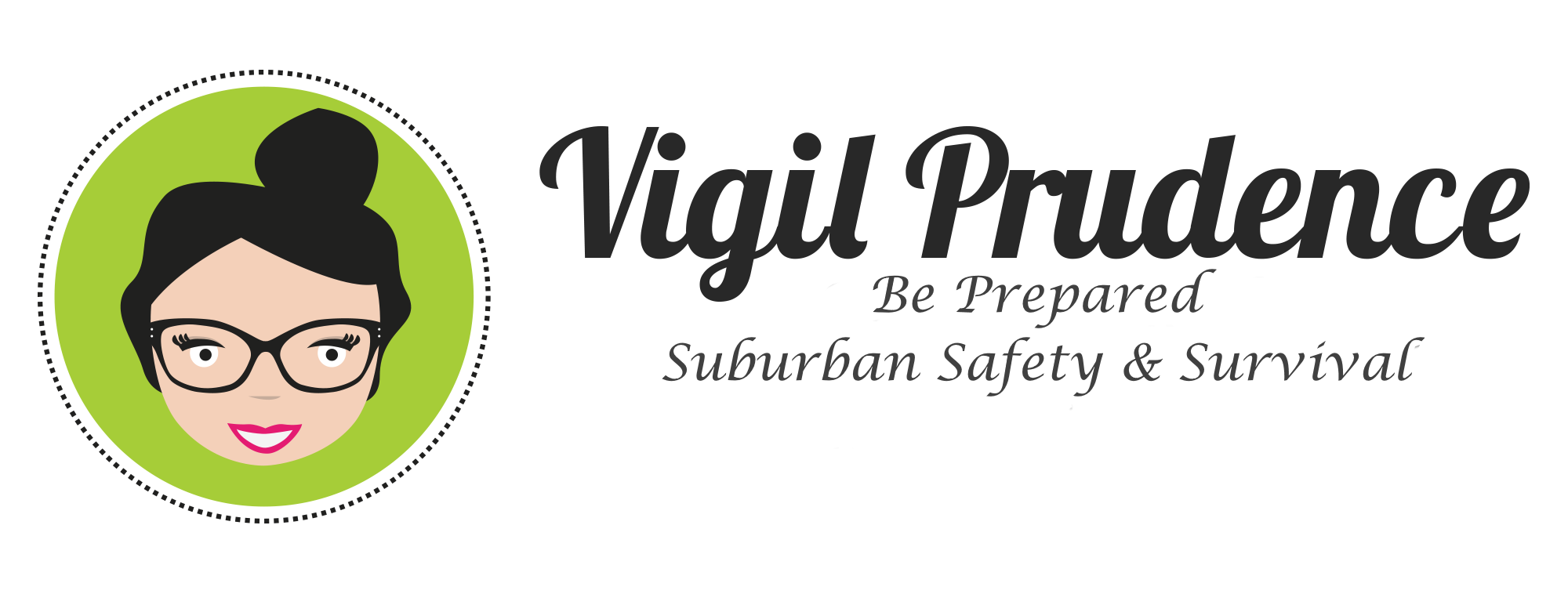














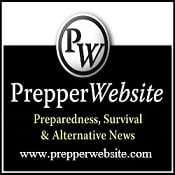
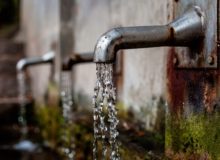
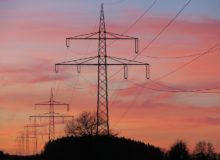

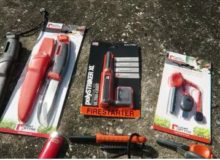
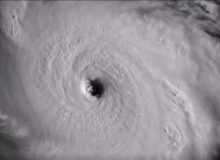
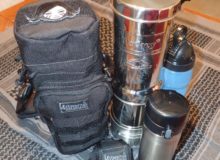

4 Jan 2014
0 CommentsNon-Potable Water Storage
Most people when writing about water and water storage are referring to potable water. Potable water is water that is safe for humans and pets to drink. Water is essential and a good planner has drinkable water storage in place.(I’ll write more about that in another post)
One thing I have noticed is that there are very few discussions or write-ups on the importance of storing up non-potable water (water that is NOT safe to drink.)
When an emergency happens the last thing you want to do is use your good drinking water for anything other than drinking, cooking and a small bit of personal hygiene. In an emergency chance are the need for water will increase.
You still need to clean hands, wash cloths as well as dishes (as you may have dirty dishes just prior to the emergency, after the emergency use paper plates & cups as much as possible to reduce the need for washing). So what do you store non-potable water in? Old bleach and detergent bottles.
Yes, that’s right, those plastic bottles that you throw out when empty can be reused as part of your emergency planning supplies. The first thing you do once you have an empty detergent or bleach bottle is remove the label and write NON-POTABLE WATER DO NOT DRINK on the container. This will insure that no mistakes will be made during the disaster.
Next, fill the bottle up either at the sink or with the outside water faucet, remember, this is NOT drinkable water. Think about it, if you need to wash cloths, you can use the water from the detergent bottle, not only is that water perfect for washing, it will also have a small bit of detergent residue from the bottle, great for cloths washing. Same with the empty bleach bottles, you can use a splash of that water and it will have just a bit of disinfectant in it from the left over bleach in the empty bottle.
Make sure you store this non-potable water in the garage or a place where you know if the bottle is out there, it isn’t mean for drinking, this is in addition to marking on the bottle DO NOT DRINK NON-POTABLE.
Empty detergent and bleach bottles filled with water can sit around for a good year if not longer, sure you may not want to wash cloths with it after it has been sitting around for longer than a year, but you can always use it to flush with or some other non potable use, even just washing hands as keeping your hands clean is essential.
When emergency water will be good as gold, make sure you have plenty of potable and non-potable water stocked up.